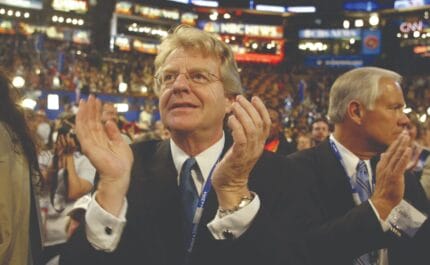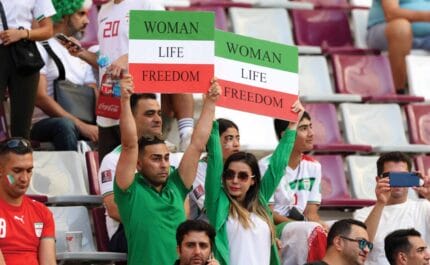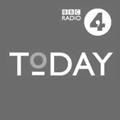Send in the cookie monster!
As Sesame Street launched in Pakistan on 26th November 2011, Rachel Halliburton looked at the politics behind the fluffy, all-singing shock troops of American soft power
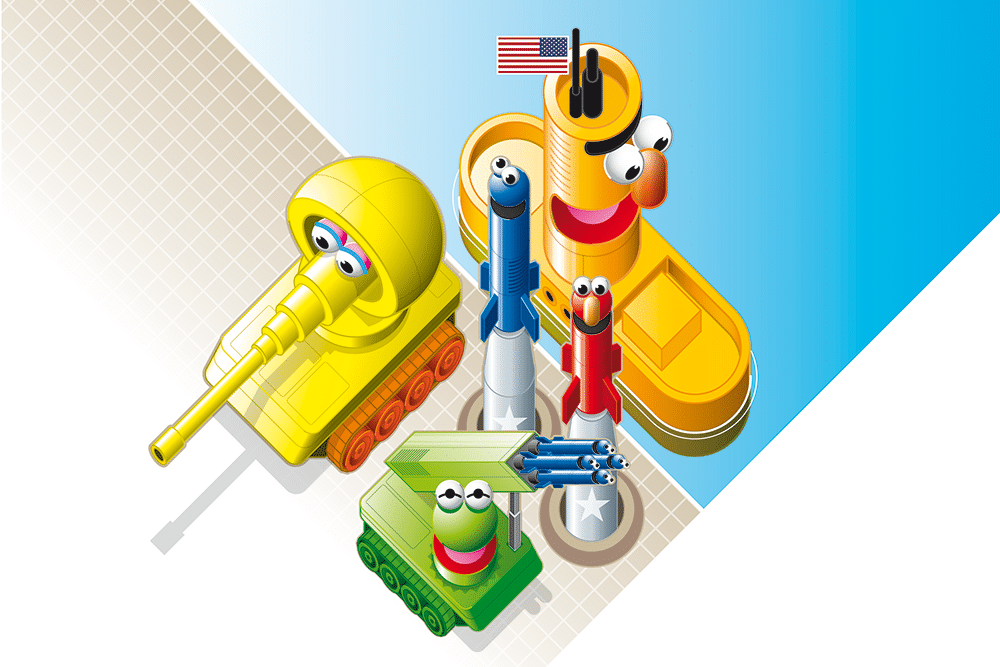
Illustrations: Christian Tate
26th November 2011 (Taken from: #5)
Elmo may look like the lovechild of a bath mat and a genetically modified chrysanthemum, but the three-and-a-half year-old baby monster exerts the kind of magnetism that has made him into a marketing sensation. In 1996, a doll version of the red, shaggy Sesame Street star, “Tickle Me Elmo” – was featured on US comedian Rosie O’Donnell’s talk show: the result was a buying frenzy which made hundreds of millions of dollars for the Sesame Workshop, and led to some dolls being advertised at as much as $2,000. But while you can see the appeal to toddlers, Elmo has a more unlikely fanbase – the world’s leading politicians. For Elmo has been deployed by USAID (the US Agency for International Development) to Pakistan, where his not insignificant mission is to help boost literacy in a country with one of the lowest rates in the world, and promote tolerance at the same time as his home country is dropping bombs in drone attacks on the north west tribal areas.
In the West, the reaction to the sending of Sesame Street to Pakistan – where it has been redeveloped and renamed Sim Sim Hamara – has been divided. While liberal newspapers and broadcasters have given it an amused thumbs up, in December the never less than outspoken Republican Senator Tom Coburn attacked it in his annual report Wastebook as an unnecessary waste of federal money at $10 million for the first leg of the project (overall the proposed spending is $20 million over four years). Describing the new characters for the show Coburn singled out “a conceited well-dwelling crocodile named Haseen O Jameel, a spirited adult woman, Baaji, who enjoys family time and tradition, and Baily, a hard-working donkey who longs to be a pop star.” Jared Thomas, a taxpayer advocate and prominent member of the right wing Christian Coalition, said: “When you’re explaining to somebody that our taxes have gone up this year so that we can have a Pakistani version of Oscar the Grouch, that just doesn’t pass the smell test.”
But Oscar didn’t get the call-up. While Senator Coburn has correctly identified some characters, Sim Sim Hamara’s most significant cast member is actually Rani, a six-year-old, cricket-mad female puppet who is endlessly curious – providing an important role model in a country where at 40 per cent (according to most recent UN figures), female literacy is significantly lower than the 69 per cent rate among men.
Elmo’s mission is to help boost literacy and promote tolerance while his home country is dropping bombs in drone attacks”
There is also Munna, a five-year-old boy who lives for maths and playing the tabla-drum. What makes SSH distinctively Sesame Street is its transformation of the slightly wholemeal principles of tolerance and egalitarianism (along with literacy and numeracy) into a brightly-coloured, endorphin-raising, fast-food kind of fun.
Sim Sim Hamara is a classic example of soft power, defined by Professor Joseph Nye, who coined the phrase in his seminal Bound to Lead in 1990, and described it as “the ability to get what you want through attraction rather than through coercion”. It’s culture and persuasion over guns and sanctions, or – in this case – dolls over drones. Nye is cautiously optimistic about the introduction of Elmo and co to Pakistan. “I think programmes like Sesame Street can help, particularly with younger kids who still have open minds,” he says. But given that the soft power equation relies on the perceived legitimacy of foreign policies, how can anything American be well received in the context of the drone strikes? “Drone strikes may increase power but at the cost of reducing soft power,” Nye concedes. “On the other hand the differences between the countries are greater than just drone strikes.”
The sheer extent of the empathy chasm between the US and Pakistan is illustrated in the most recent research by America’s Pew Research Center. “Negative attitudes to the US are pervasive in Pakistan,” says Richard Wike, associate director of the Pew Global Attitudes Project. “Our last survey there, conducted in May 2011, found that only 12 per cent of Pakistanis had a favourable opinion of the US. Only eight per cent of Pakistanis expressed confidence in President Obama to do the right thing in world affairs, which is about the same rating that President Bush received in 2008.”
“There are a number of factors that drive anti-American sentiments in Pakistan. The war next door in Afghanistan is unpopular, as are American drone strikes in Pakistan. American anti-terrorism efforts are widely opposed, and most think the US does not consider Pakistan’s interest when it is making foreign policy. And most believe the US favours India over Pakistan.”
Soft power on the radio
Sim Sim Hamara is far from being the US’s first foray into soft power broadcasting. After World War II, the government decided to capitalise on the subversive diplomatic powers of radio, and on 4th July 1950, Radio Free Europe made its first broadcast from New York to what was then Czechoslovakia. Few people knew at the time that it was the public face of the CIA’s project to conduct psychological warfare against communism, and it would prove to be one of its most successful techniques. After the Iron Curtain fell, public figures who acknowledged how crucial it was to developing their political sensibilities included politicians as diverse as former Czech president Vaclav Havel and former Russian president Boris Yeltsin.
‘Naway Kor, Naway Jwand’ – or ‘New Home, New Life’ models its characters and dialogue on the Ambridge originals of The Archers”
Today it is known as Radio Free Europe/Radio Liberty. It stopped receiving funding from the CIA in 1971, and has extended to countries (21 in all) including Afghanistan, Pakistan, Iraq and Iran. Talking about its continuing potency in the twenty-first century, Jeffrey Gedmin, who was president of RFE/RL between 2007 and 2011 pointed out this extraordinary statistic: “Iran spends four times as much to jam us as we do on Persian programming”. He also highlighted its power in Afghanistan, telling a story about three people on the road between Kabul and Kandahar, “listening to Radio Free Afghanistan on an old battery-powered radio. ‘We have to buy batteries for it because we don’t have electricity here,’ they explained. ‘We’re willing to give up three or four days of wages to buy those batteries and not eat for a day or two, because we need to hear trustworthy information about our country.’”
The BBC has had some major soft power success on the radio too. In the 1990s Gordon Adam, then head of the World Service’s Pashto section, developed an Afghan version of The Archers. Set in the fictitious rural community of Bar Killi, the programme, called ‘Naway Kor, Naway Jwand’ – or ‘New Home, New Life’ – models its characters and dialogue on the Ambridge originals, but deals with the strikingly different themes of forced marriages, blood feuds, landmines, and opium addiction.
As with The Archers, whose original remit was not just to entertain but to educate 1950s farmers on the latest developments in agricultural techniques, it has had demonstrably beneficial effects on its listeners. One incredible survey found that listeners to ‘New Home, New Life’ were statistically less likely to be killed by a landmine than non-listeners – while a flurry of letters from fans showed that many had learnt from the programme how to prevent the spread of malaria by filling in the craters created by Scud missiles. But the true strength of its appeal was tested to the limit in 1996. When the Taliban came to power, not only were they anti-BBC, but they were opposed in principle to ‘New Home, New Life’ because it allowed the views and voices of women to be heard on air. However, they realised that the show had such a huge following – not least among their footsoldiers – that they would have a major rebellion on their hands if they cancelled it. It continues to be broadcast to this day.
The power of Big Bird
Sesame Street’s educational bias has given it a long history of being successfully exported to less obviously culturally friendly destinations, with local productions in countries ranging from China to Palestine. True, there have been controversies: in the South African version an HIV-positive muppet was introduced, which created a predictable furore back in the States. And only this January the US’s suspension of aid for Palestinian development projects – as a punishment for a Palestinian appeal to the UN for membership – has meant that Sesame Street (there called Shara’a Simsim) has been put on hold.
But on the whole the US has used its lovable, hairy educators as proselytisers rather than political pawns, and you only have to look at Sesame Street’s origins to see how it had the potential to cross cultural boundaries from the start. It first appeared on 10th November 1969, and the show’s makers and advisers were sharply conscious that America needed to reinvent itself in the wake of the 1968 riots in Washington, Baltimore, Cleveland, and Chicago, as well as the assassination of Martin Luther King.
Under the guidance of producer Joan Ganz Cooney, the show evolved into a piece of entertainment that could be enjoyed by kids of all backgrounds: the set itself was carefully designed to evoke a mix of streets from Harlem, the Bronx, the Upper West Side, and the blocks where West Side Story was set.
Whatever political themes they were absorbing, kids couldn’t get enough of Kermit, Big Bird and Oscar the Grouch”
Subsequent studies have repeatedly shown that children who watch Sesame Street, when given a choice of playmates from different races, have been more likely to choose children from other ethnicities than those who do not. In an unintentional vindication of the show’s message, in May 1970 it was banned in Mississipi because it featured black actors – the decision was reversed 22 days later, reinforcing the show’s producers’ dedication to promoting diversity and tolerance.
However no one should be left in any doubt as to the main source of Sesame Street’s success – while Jim Henson’s muppets were initially confined to small segments within the programme, in test groups it became clear that whatever political themes they were absorbing subconsciously, kids couldn’t get enough of Kermit, Big Bird and Oscar the Grouch. Once the ratio of muppet to message had been successfully adjusted, the show took off. One surprise older fan wrote, “This administration is enthusiastically committed to opening up opportunities for every youngster, particularly during his first five years of life, and is pleased to be among the sponsors of your distinguished program. Sincerely, Richard Nixon.”
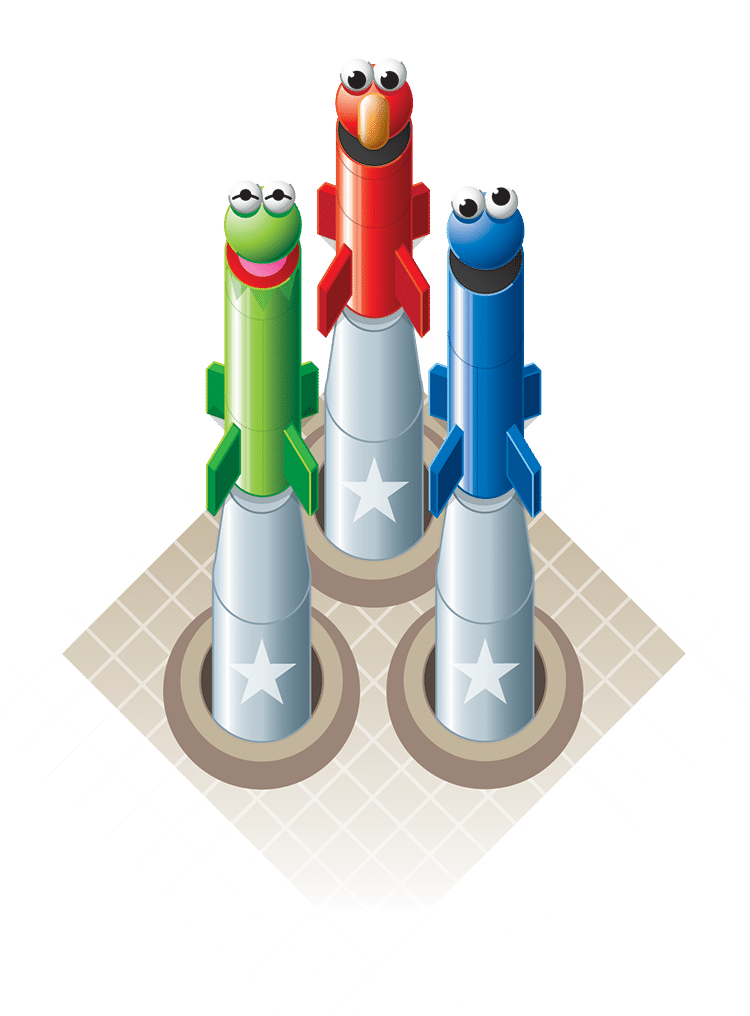
Two-way Street
So will the Street work in Pakistan? Parag Khanna, who served in the foreign advisory group to the Barack Obama for President Campaign, and is currently a senior research fellow at the New America Foundation, believes the way that Sesame Street has been introduced into Pakistan – with de-Americanised characters and local ownership of the programme – bodes well for its success.
Khanna points out that the most significant TV phenomenon for children in the Muslim world recently has been ‘The 99’, a TV series based on comic books about Islamic superheroes created by Dr Naif Al-Mutawa. Al-Mutawa’s aim is to confront the tide of extremism with heroes who each exemplify one of the 99 attributes of Allah, focusing on compassion, understanding and tolerance. “It shows that Sesame Street is not the only effort underway to promote tolerance, but however you can get the airspace to articulate that message in a Muslim country, it is good.”
I put it to him that in a country like Pakistan, where the fact that only two per cent of the population pays taxes has led to an almost non-existent civil society, broadcasting is going to be an important way of reaching the large number of primary-school-age children (almost a third) who never make it inside a classroom. And while the majority of Sim Sim Hamara’s episodes will be in Urdu, there will also be episodes in the different tribal languages. Kanna agrees that especially in the tribal areas, where there are high levels of illiteracy, broadcasting is the way to get your message across. Although equally, given that American bombing is happening in tribal areas, he states flatly: “I don’t think you can use Sesame Street to assuage the pain of a relative being killed by a drone.”
Sesame Street clearly has a huge hill to climb in Pakistan, and it will take a long time to achieve any discernible effect. However, if you look at the US, it’s clear that once that effect is achieved it could be world-changing. After all, when Cooney was asked at the time of Sesame Street’s fortieth birthday in November 2009 if she thought the programme’s placing of black characters in America’s living rooms had any relation to the 2008 presidential race, she replied “I like to think that we had something to do with Obama’s election.” That whole process took just shy of 40 years. Who knows how Pakistan will be surprising the world by 2051?
Slow Journalism in your inbox, plus infographics, offers and more: sign up for the free DG newsletter. Sign me up
Thanks for signing up.
